| ||||||||||||||||||||||||||||||
| ||||||||||||||||||||||||||||||
| ||||||||||||||||||||||||||||||
| ||||||||||||||||||||||||||||||
| ||||||||||||||||||||||||||||||
| ||||||||||||||||||||||||||||||
jueves, 26 de septiembre de 2019
Antibodies | Medical News | Medical Articles | Antibodies |
Medical News | Medical Articles
Suscribirse a:
Enviar comentarios (Atom)


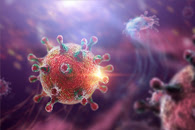
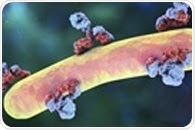
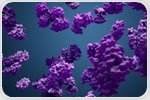
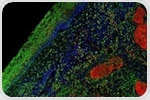
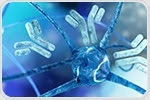
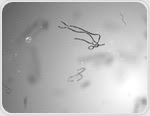























.png)









No hay comentarios:
Publicar un comentario